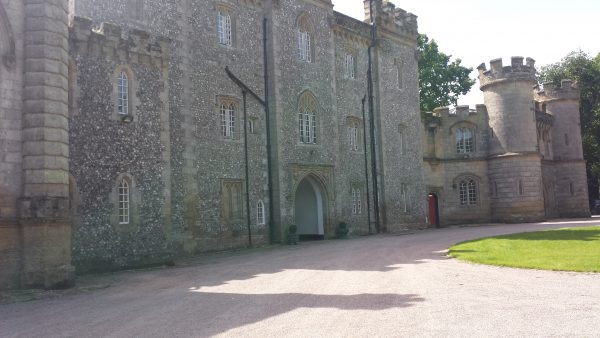
by Michael | Aug 22, 2017 | Blog
If the title has brought you here and you’re expecting practical advice about choosing your wedding venue, you may be disappointed!
It’s not the practicalities that I want to address in this piece, but imagination.
So if you want to learn about how to deal with venues, you may be better advised to read this article
Otherwise, stay here. This may indeed help you choose a venue, but I want to take you with me in dreams – and who knows where that may lead!
Why hold a ceremony at all?
Of course, a ceremony should mark a person’s particular milestone (be it, birthday, wedding, naming, vow renewal, or whatever). It’s an opportunity for others to take time out and show that the person in the spotlight really means a lot to them.
It’s an opportunity for the host/hostess to invite the people who truly matter to them to be present at a significant time in their life.
I don’t see the point, then, in holding a dull, unexceptional ceremony. You might as well have one that’s outstanding and memorable. Now, as a civil celebrant, part of my work is to make your ceremony unique. I can certainly contribute!
However, another component that is important to making the event stand out is the venue.
A gamble?
A wonderful setting for a handfasting!Those of you who have been with me over several years may remember a handfasting I did on Old Sarum, an Iron Age fort overlooking Salisbury. It was January, the site was totally exposed, and it was one of the wettest winters on record. I was up there (including preparation time) for over two hours; the guests for some fifty minutes. What if it had rained the way it did as I drove there a few hours previously? Or as it did, accompanied by thunder and lightning, when I drove back? The ceremony could have been a disaster! A complete wash-out!
As it was, we had a mild day for January and even a few minutes of sunshine. The atmosphere of the ruins and location and, indeed, the skies, was something quite special, and I don’t believe any of those there will ever forget that ceremony!
It was a gamble well worth taking!
Magic
Money has to enter into it, naturally, but, if you can stretch to it, there are some remarkable venues available. I’m going to speak about just one, but you don’t need to keep your imagination bound. A pod on the London Eye can be hired; a ceremony can be held for you at Stonehenge (or Old Sarum); what about under the sea, on a beach, in a forest, up a mountain or beside a canal?
Any of these may have an atmosphere like nowhere else, and fit with your personality and passions.
I was recently asked to conduct a wedding at Castle Goring, near Worthing. I had never heard of the castle, and, as it turned out, because the signposting was very poor, I nearly missed the place altogether!
However, what a treat it was! Set amid quiet, beautiful grounds, it looked like a castle should.
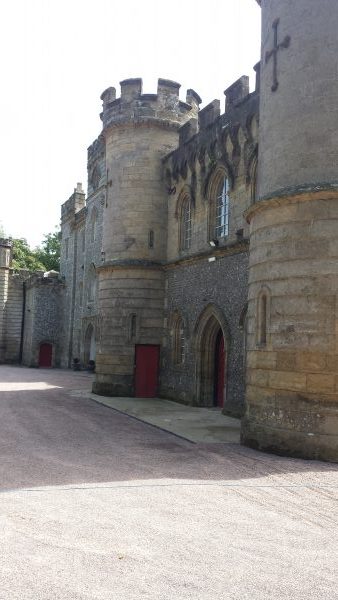
Moreover, our ceremony was to take place outdoors (and the sun shone!). The setting proved to be fabulous. I can vouch that the interior was magnificent too.
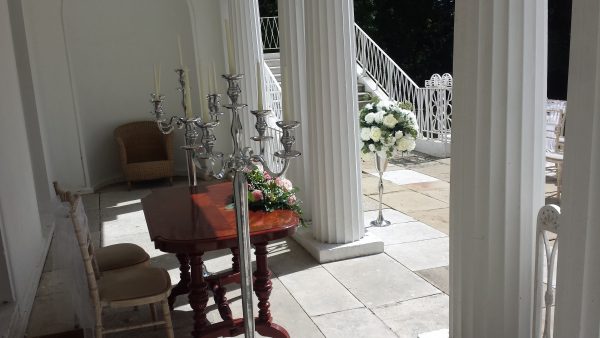
If I’m honest, I think I did a very good job that day – but thanks to the setting and ambiance, I could hardly go wrong!
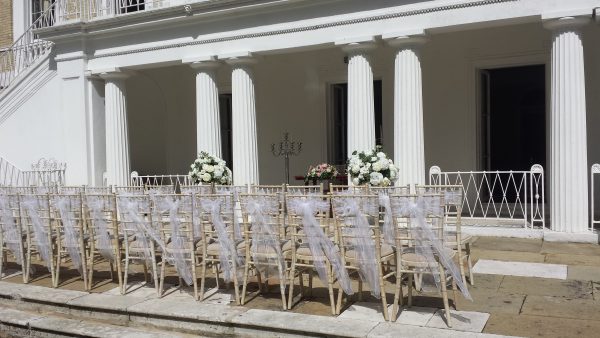
Advice
So visit a few venues, with a list of questions. Of course, the ‘boring bits’ need to be addressed, but what matters most about your visit is what your heart is telling you. If you know it’s the right place, then don’t hesitate!
For any help with venues, or anything connected with the ceremony, please contact me!
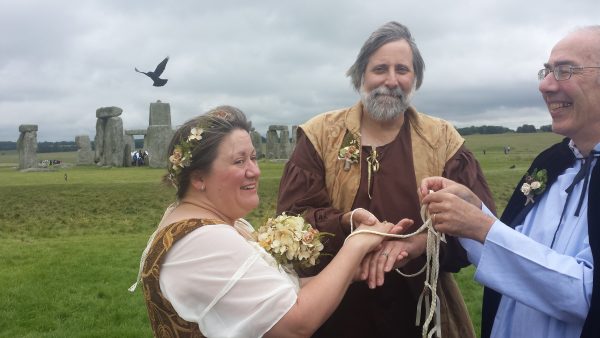
by Michael | Mar 7, 2017 | Blog
How do you keep everyone happy?!
I remember, from my days as a teacher, that, as soon as you had more than one child in the classroom, you had to accept the fact: you now had a mixed-ability class.
When faced with 30 pupils, say, do you aim at satisfying the needs of the cleverest ones, the weakest, or those in the middle? How can you please all of them even part of the time?
Such a dilemma is not unique to the classroom.
Let’s consider a wedding.
Religion
As soon as religion enters the mix, you are faced with questions. If it’s a wedding, should you opt for a full, religious service? Will that really be what the couple and their family want?
What about a secular or humanist service? No religion at all? You can bet that somebody is not going to like that.
You could go for a partly-religious ceremony. However, that runs the risk of not satisfying anybody at all (although it may depend how the service is constructed and presented).
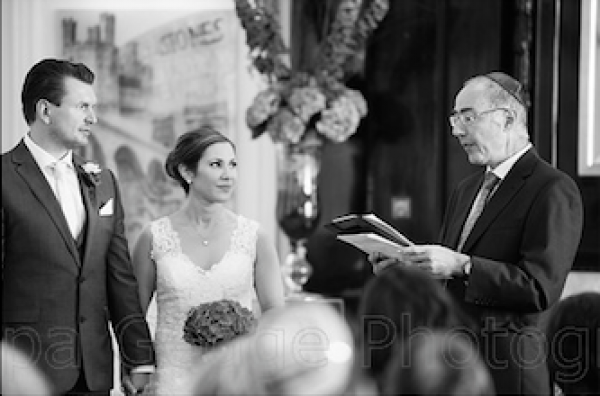
Source: Philippa Gedge photography
Compromise
As with a lot of the wedding planning, give-and-take is necessary. You’ll probably be struggling over the invitations already, so you may well be getting proficient at compromising.
Parameters
Given that you are highly unlikely to be able to keep everybody sweet, should you aim for the majority; should you placate parents; should you go your own way?
The first option risks being a bit wishy-washy. A mixed-faith service has got to be compiled and presented very professionally for it to work.
As for parents, even if they are financing the whole event, they should understand that it is still the fiances’ big day. That should be the bottom line. There’s nothing wrong with the couple including a religious element or two by way of compromise, but the ceremony should not be High Church (or equivalent), if the couple don’t want it.
As a civil celebrant, I have experience of one parent (only the one) who steamrollered the whole wedding – to the extent, that she threatened to boycott the event (and take quite a number of her relatives with her), if her choice was not respected over the couple’s. It takes all sorts …
If you decide to go your own way on your big day, you should be able to do so with a clear conscience. But if it is possible to include something that may placate those of different convictions, then it would be a nice gesture to do so.
The Best of all Worlds
I recently conducted a handfasting for a lovely couple. That was what Karl wanted; Martina had wanted a church wedding. They decided they would compromise (an encouraging start for a lifetime together!).
After the traditional church service, everybody moved to a wonderful barn for the handfasting, which I was to lead. The ceremony was nature-based, and required a few explanations for most guests.
The handfasting
We charged the circle (or space) before asking Air, Fire, Water and Earth to bless the couple. We drew down God and Goddess before blessing the couple with divine qualities. The actual handfasting (knotting together the couple’s wrists) took place before the pair (in the Quaich, or loving cup ceremony) drank to their past, present and future happiness, before we concluded in a more traditional way.
To judge by the comments and atmosphere, the ceremony was really well-received and presumably didn’t offend anybody. Whether or not we managed to keep absolutely everybody happy, I can’t say, but I think we may have come close to achieving the impossible!
That’s the beauty of celebrant-led weddings: the couple have the choice to create their ideal ceremony. I think that’s wonderful.

by Michael | Nov 8, 2016 | Blog
I often get asked what a handfasting is.
Do you remember when Prince William married Kate Middleton? Although the ceremony was religious, they briefly incorporated a ritual that resembled a handfasting. The Archbishop draped material over the clasped hands of the couple.
So much else was going on that it attracted little attention. However, a handfasting is technically pagan, and often plays a central role in pagan ceremonies.
Alternatively, it is often chosen as an “add-on” in a traditional wedding.
A growing number of brides and grooms seem intrigued by this and are choosing to incorporate it in their wedding.
And of course it can be included in a Vow Renewal too.
History
Handfastings began as a marriage rite in the Middle Ages. When peasants married, they might have been unable to afford a clergyman’s fee to hear their vows or a ring to signify their love. The ritual of handfasting became a popular alternative.
A cord was wrapped round the wrists of the couple and left on them until their union was consummated. It would usually be kept as a tangible reminder and proof of their commitment and love.
It has given us the expression “tying the knot”.
Present-day Ceremony
Nowadays, the cord symbolises the pair’s mutual love. The way a handfasting can be slipped in is as follows, although this is only a suggestion, and it may be different for a pagan ceremony.
- Walking down the aisle to be given away by the father
- Officiant welcome
- Meaning of love (possibly from a religious slant, if that’s wanted)
- Here, or after the Handfasting, or at both times, a song or a reading/poem
- Handfasting
- Possibly, a Unity Candle or Sand Ceremony or Chalice ritual
- Exchange of Rings/Vows
- Jumping the Broom (not actually pagan, but deriving from wedding ceremonies conducted by slaves in the American South), now used to symbolise sweeping in the new as a new home is created
- Concluding words
Thoughts
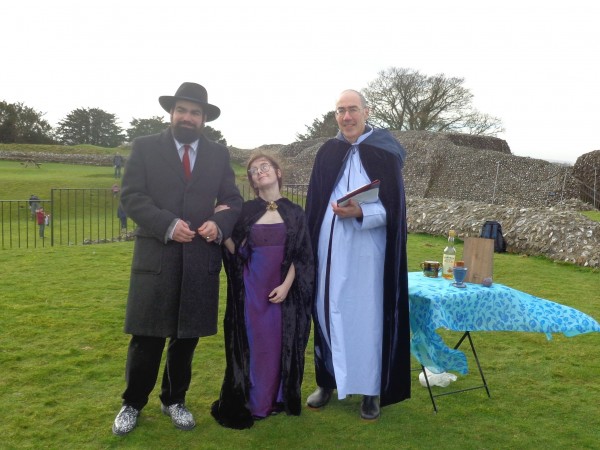
I conducted a memorable handfasting at an Iron Age Fort in Wiltshire. The ceremony was part-pagan, part-Jewish with rituals from both sides. (Of course, I made sure everyone could understand by explaining the symbolism.)
It was a totally unique occasion – absolutely perfect for the couple and – clearly – for the guests too.
I shared a wonderful experience with an American couple at Stonehenge at the time of the solstice – and that was quite unforgettable! A photo from that day is my featured image.
In order to add extra sparkle and personality to your big day, do find out about a handfasting. I shall be delighted to tell you more.

by Michael | Jun 28, 2016 | Blog
Looking for a special ceremony?
As a civil celebrant, if I’m doing my job properly, the ceremonies I put together and conduct will be special. (Usually for the right reasons too!) However, sometimes expectations are exceeded!
Early this year I was invited to conduct a ceremony for an American couple marking thirty years of marriage. They wanted a handfasting – that’s quite special – for 21st June (Summer Solstice) – even more so – and the venue they had chosen was Stonehenge (now we’re really talking “special”!).
The problem was we were too late to book the inner circle. We could do the ceremony outside the circle, where the public are allowed, but we were warned to expect vast crowds. My Americans accepted all this, and, after some negotiation, we fixed a time.
On an impulse, I checked with Stonehenge a couple of weeks before the ceremony. It turns out that they had changed the arrangements totally! The whole of Stonehenge would be closed from 8 a.m. (yes, in the morning!) for the entire day. So our ceremony was out of the window.
Fortunately, K and M were sufficiently flexible, and we arranged to meet at Stonehenge late in the morning of the following day (22nd). What would the day bring?
Well, fortunately, although it rained hard the day before and there were dramatic downpours the evening of our visit, we escaped any extreme weather. That was already a cause for celebration!
However, we hadn’t bargained for a procession of white-clad Druids in the inner circle, and they made a fascinating backdrop to our event. We also drew quite a crowd ourselves (as anticipated), who loved the ceremony and whose good wishes added so much.
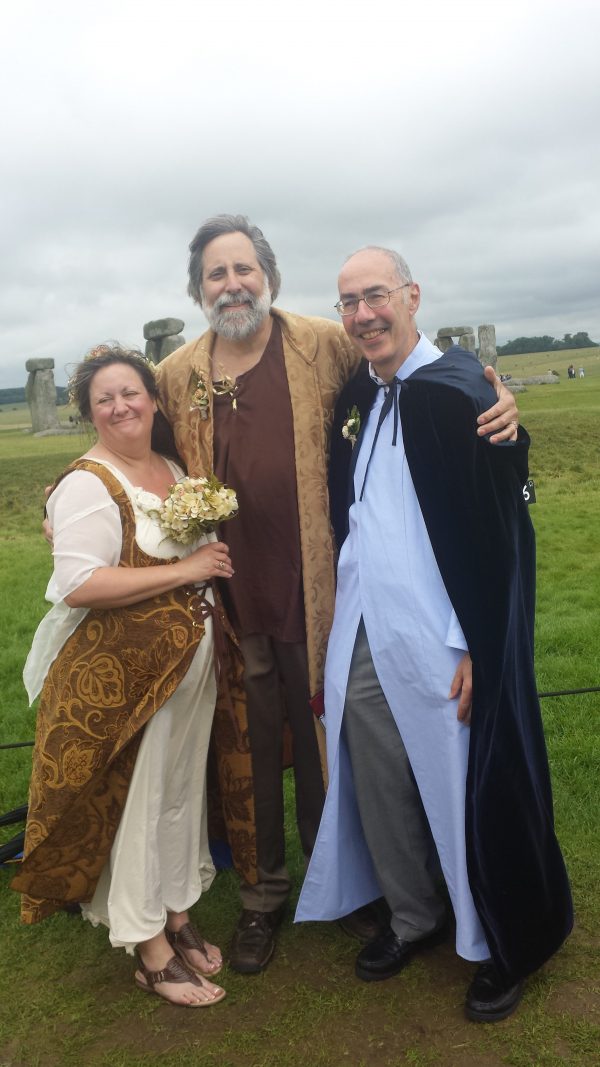
Finally, K, M and I really gelled, and the atmosphere was just wonderful. They told me that the ceremony was perfect and everything they had been hoping for; I’m delighted to say that, despite the unpromising lead-up, the ceremony turned out to be extra-special for me too.
I’m game for more like that, if anyone else you know is!
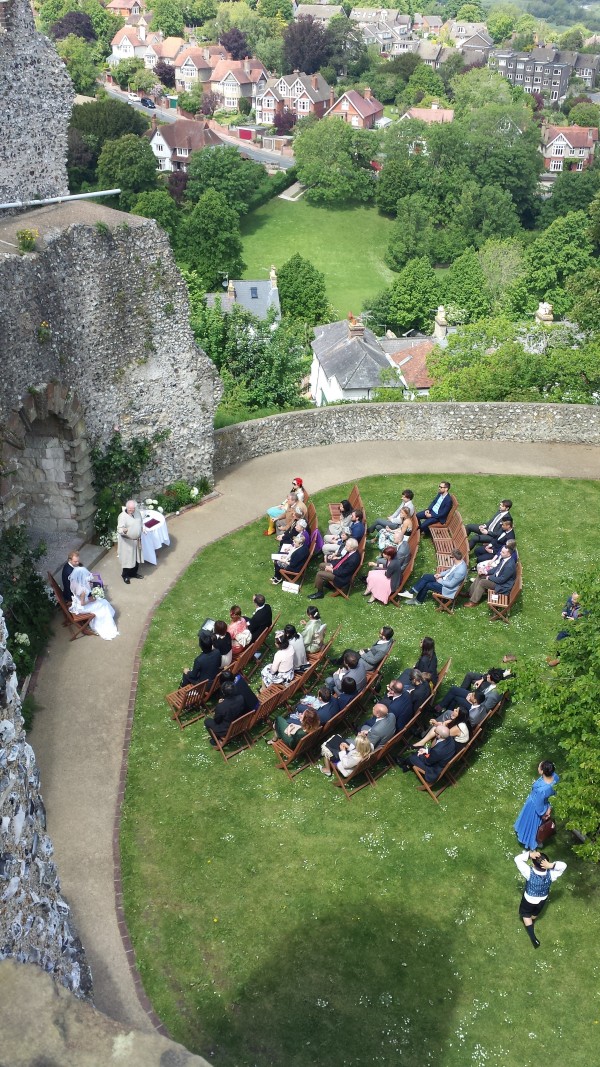
by Michael | May 10, 2016 | Blog
Celebrating a big event? A wedding, vow renewal or naming ceremony, perhaps? Did you realise that it doesn’t have to be conventional? Or even religious?
But can it be a quirky ceremony?
The answer to that last question is a resounding “yes”! If it’s your day (and surely it is), then you don’t have to be beholden to what other people think or expect.
That certainly doesn’t mean you should be tasteless or offensive – but you can be different. There is huge scope for creativity. It doesn’t take so much effort to come up with a memorable, meaningful and beautiful ceremony. And for all the help you will need, a civil celebrant can be there, with ideas and guidance. They are professionals and can really point you in the right direction.
So what do we mean by “quirky”?
The venue can be anywhere (subject to permission and possible payment!). Why not hold a ceremony at Stonehenge or some other ancient monument? What about the top of the Shard in London? Or perhaps a hot-air balloon fits the bill? A museum? Your back garden? Let your imagination soar!
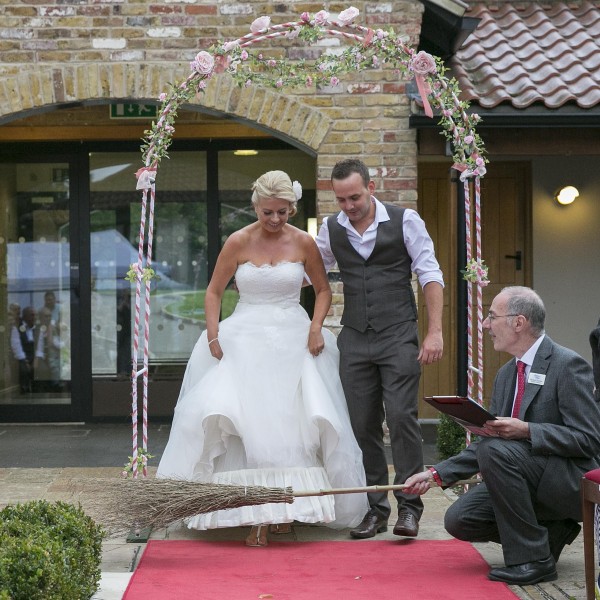
Rituals
Part of the ceremony can be something a little offbeat. You’ve probably read about handfastings in my blogs (eg https://vowsthatwow.co.uk/handfasting-whats-that/). That might appeal.
A ritual that brings a smile to a wedding is “Jumping the Broom”. The couple together jump over a besom (accompanied by appropriate words) to symbolise sweeping in the new.
The Unity Sand option is lovely. Both partners simultaneously pour sand in the colour of their individual choice into one larger bottle, so that the colours merge, just as their lives will.
Readings & Music
The content of the ceremony is ‘up for grabs’ too. The tone is up to you. There is no compulsion to include heavy, serious readings, if you don’t want them. Why not have a humorous poem or text, or even a few?
Choose your readers, if you want.
Similarly, while there’s absolutely nothing wrong with having a serious, classical piece played, your tastes may actually be rather different. So by all means let the music reflect these.
Your story, your vows
Personally, I welcome the opportunity to make ceremonies that I conduct as personal as possible. I believe the guests enjoy and appreciate this a lot too.
One feature I like to include, therefore, is what I call the couple’s “story”. In the case of a wedding, it might be how they met, adversity they had to overcome, and what attracted them to each other. The couple might write and declare their vows. For a Vow Renewal, maybe the couple would rewrite their vows, or prepare something about key moments in their relationship.
Although I’m always there to guide and advise, I think it’s best if the couple actually write this part themselves, if possible.
Funerals
It may surprise some readers to know that a funeral can be a quirky ceremony too!
In the same way as for celebratory occasions, you can introduce personal elements (often these would be personal to the deceased). At the time of writing, my latest funeral ended with everybody smiling and swaying, as we played out with the deceased’s favourite trad jazz band tune!
There are many ways to individualise a funeral. It can be a simple thing like a particular memento of the deceased displayed by the coffin. Again, your funeral celebrant will be glad to advise.
So I hope you now see that there’s nothing wrong with individualising your ceremonies – indeed, this can often add a tremendous amount to the proceedings.










